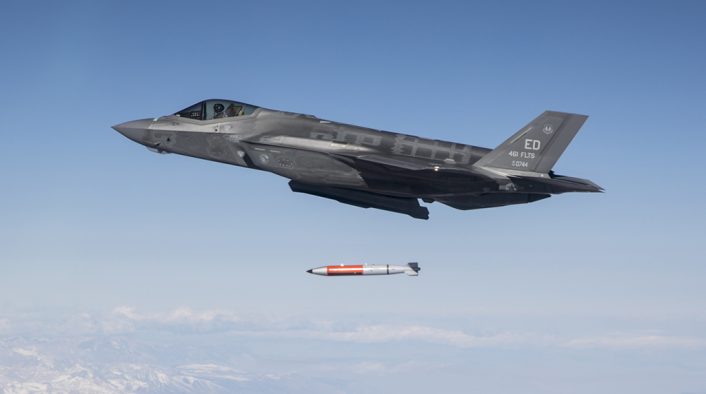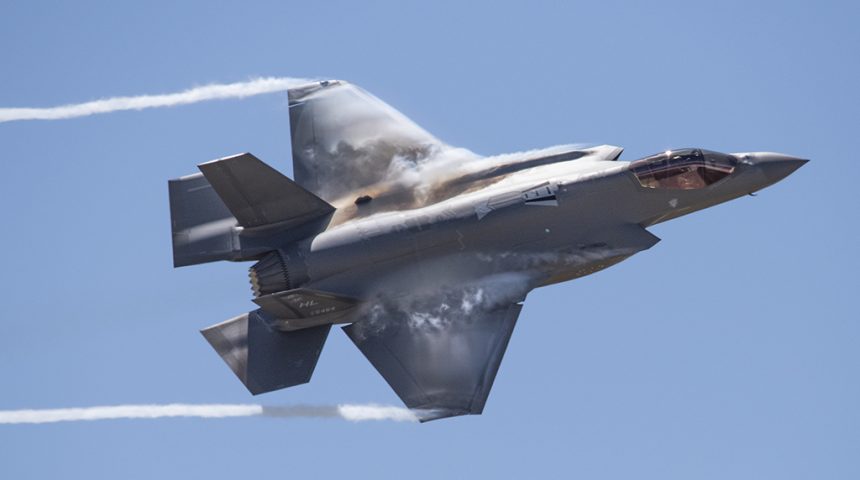The F-35A jets of the Luftwaffe (German Air Force) will be based in Büchel, in the Eifel region of western Germany.
The Bundeswehr (the armed forces of the Federal Republic of Germany) have decided that all the new F-35A stealth jets destined to the Luftwaffe (German Air Force) will be stationed at Büchel Air Base.
Citing a spokesman of the Bundeswehr, Südwestrundfunk, a regional public broadcasting corporation serving the southwest of Germany, reported that the 5th generation aircraft will be based at the airfield in the Eifel region, in the western part of Germany, after the planned renovation works of the runway in Büchel. The construction work, costing around 170 million euros, is expected to be completed in February 2026.
According to SWR, a new 11.5-km outer fence, worth 18M Euro has been erected around the air base to prevent demonstrators, who repeatedly climbed the old fence, from intruding into the military installation.
The decision to base the F-35s there is not surprising: Buchel is the homebase of the Tornado IDS of the Taktisches Luftwaffengeschwader 33 (TLG33) and, above all, according to several reports (never been officially confirmed), it is also the base where the U.S. nukes required to fulfil NATO’s nuclear sharing agreement, are stored.
By 2030, the nuclear strike mission will transition from the Tornado IDS to the F-35A, with the latter able to carry the B61-12 bomb in the internal weapons bay.

A total of 35 Lightning II aircraft will be used to cover the tasks currently assigned to the Tornado IDS, including the nuclear strike role, while a number of Eurofighter ECR, an Electronic Combat Reconnaissance (ECR)/Suppression of Enemy Air Defences (SEAD) version of the Eurofighter Typhoon that was first announced by Airbus back in 2019, is slated to replace the Tornado ECRs and cover also the IuWES [Luftgestützte Wirkung im Elektromagnetischen Spektrum (luWES)] Electronic Attack requirement Germany has committed to provide to NATO.
H/T Jens Hameister for the heads-up









